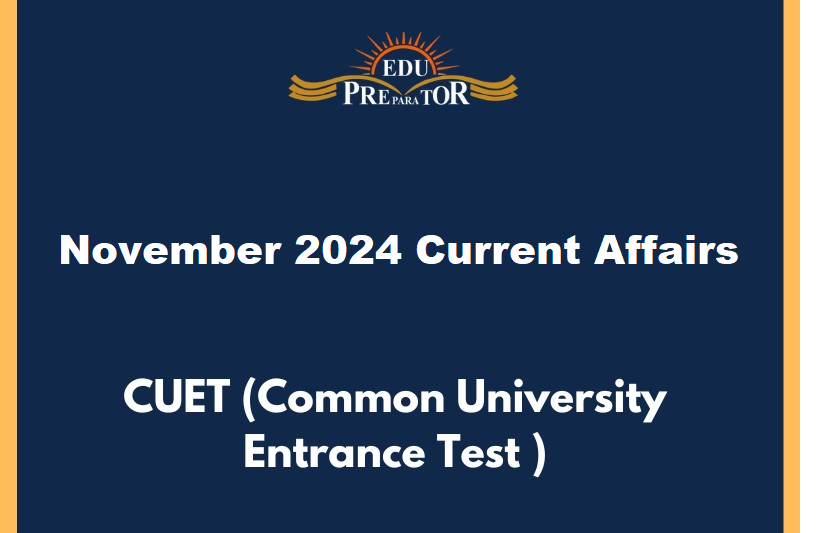
Strengthening Understanding on UP Madarsa Education Board Act, 2004
Introduction to the Recent Supreme Court Verdict
- The Supreme Court has recently in part upheld the constitutional validity of the Uttar Pradesh Madrasa Education Board Act, 2004, revoking the Allahabad High Court's previous ruling (March 2024) which pronounced it unconstitutional.
- The Court declared provisions regarding higher education (Kamil and Fazil) unconstitutional due to their contradiction with the University Grants Commission Act (UGC Act) 1956, governed by Entry 66 of List 1.
Factors Contributing to the Supreme Court's Decision
- The Madrasa Act, 2004 regulates education standards, aligning with the state's commitment to ensuring students reach a competent level to actively participate in society.
- The Supreme Court affirmed that the Madarsa Act falls within the State Legislature's legislative competence, specifically under Entry 25 of List 3 (Concurrent List) of the Constitution.
- A distinction was drawn between religious education and religious instruction.
- The Supreme Court stated in Ms. Aruna Roy vs Union of India, 2002, that while religious education fostering communal harmony is allowed, religious instruction such as mandatory worship is prohibited in state-recognised institutions under Article 28.
- The validity of a statute cannot be constitutionally challenged for violation of the Basic Structure of the Constitution (Indira Nehru Gandhi vs Raj Narain Case, 1975), unless it violates the Constitutional provisions pertaining to secularism.
- The Supreme Court underlined that the state can lay down rules under the Act ensuring madrasas impart secular education along with religious instruction, without violating secularism.
- By upholding the Act, the Court has fortified the right of religious minorities to establish educational institutions under Article 30 of the Indian Constitution.
- The Court has commanded that the state must ensure madrasa students are not deprived of the equality of education available from the State in other institutions.
Deriving the Foundation of UP Madrasa Education Board Act, 2004
- The Act is a legislative framework proposed at organising and formalising madrasa education in Uttar Pradesh, ensuring they meet defined educational standards.
- The Act aimed to integrate religious education parallel to the secular syllabus outlined by the National Council of Educational Research and Training (NCERT), amalgamating formal education with Islamic teachings.
- The Act led to the establishment of the Uttar Pradesh Board of Madarsa Education to oversee and regulate madrasa education in the state.
- The Act set out the conduction of exams for madrasa students, offering courses from the ‘Maulvi’ level (equivalent to Class 10) to the ‘Fazil’ level.
Why Allahabad High Court Declared the Act Unconstitutional
- The Court found that the Act violated secularism by making Islamic education compulsory whilst treating contemporary subjects as optional or absent.
- The Court held that the Act contravened Article 21A which mandates free and compulsory education for children between the ages of 6 and 14.
- The Act was held to violate Articles 14 and 15 by creating discrimination between madrasa and mainstream school students and by establishing a separate, unequal education system for madrasa students.
- The Act was found to conflict with the UGC Act, 1956 as only universities or institutions deemed to be universities are authorised to award degrees.
Implications of the Supreme Court Ruling on the Act
- The act reinforces the state's duty in setting educational standards to uphold quality.
- The act safeguards the rights of religious minorities to establish educational institutions providing they follow the educational standards.
- The act empowers the state's obligation to make sure all children receive quality education, as mandated by Article 21A of the Constitution.
- The act backs the integration of madrasas into the wider educational framework.



Comments
Nam cursus tellus quis magna porta adipiscing. Donec et eros leo, non pellentesque arcu. Curabitur vitae mi enim, at vestibulum magna. Cum sociis natoque penatibus et magnis dis parturient montes, nascetur ridiculus mus. Sed sit amet sem a urna rutrumeger fringilla. Nam vel enim ipsum, et congue ante.
Cursus tellus quis magna porta adipiscin
View All